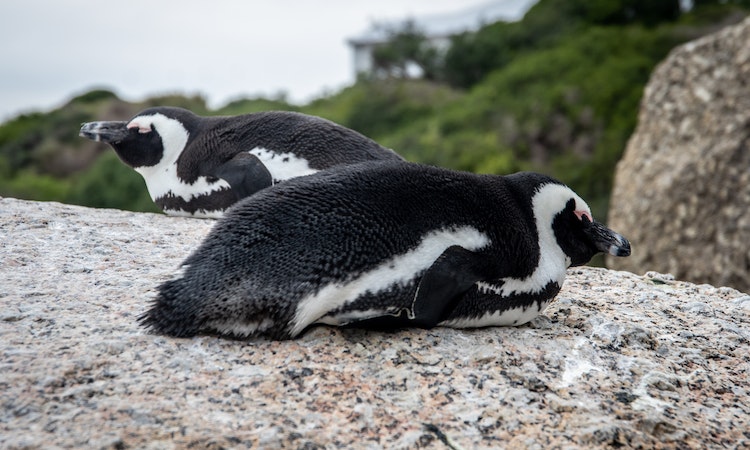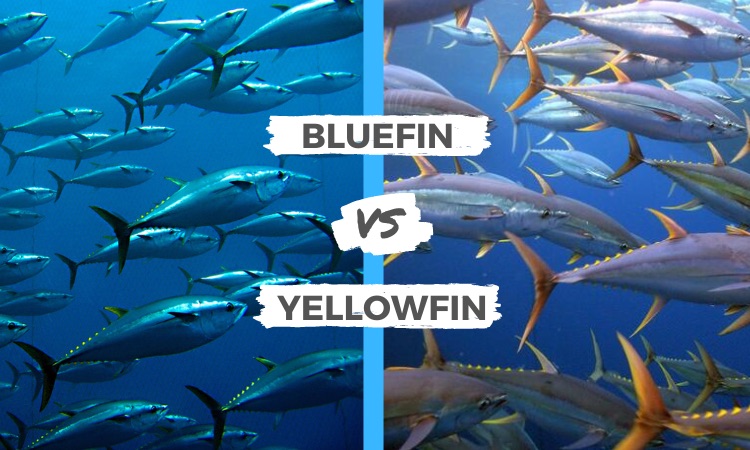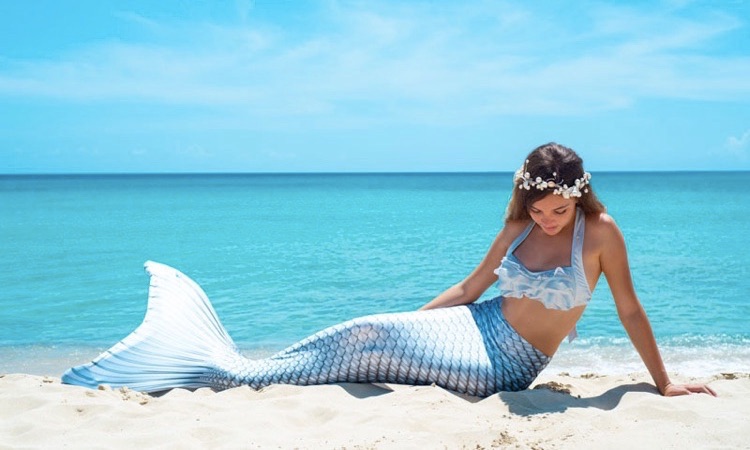The Triglidae, gurnard, or sea robin is a species of bottom-dwelling fish that can be found in almost every corner of the Earth’s oceans. They have wing-like fins and a reddish coloration.
The sea robin, best known for its orange-red skin, was first discovered in 1815. Many believe their flesh tastes good, making them a popular target for fishers.
The name gurnard comes from an unusual croaking sound the fish make when they’re caught, and it’s one of the most common names people see. They tend to be found at the bottom of the sea because to their feeding method.
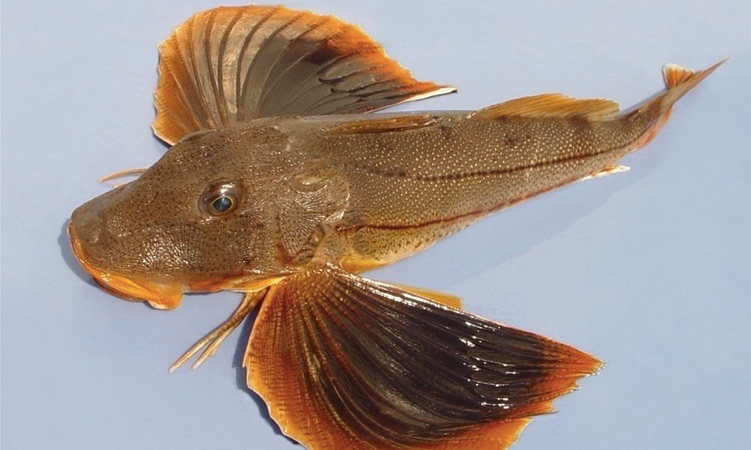
Quick Facts about Sea Robin Fish
- They are often caught as bycatch.
- Their nickname is the “fish with claws”
- They have bony plates on their bodies.
- When caught, they emit an unusual croaking noise.
- They have brightly-colored fins and a reddish body.
- Summer is their mating season
- The long, wing-like pectoral fins of oceanic robins allow them to travel along the floor of the sea.
- They’re common in the Atlantic coast along North America
Appearance
Sea robins stand out for their beautiful skin and fins as well as their large, bony heads. Their two dorsal fins are each lined with spines, the first containing between seven and eleven spines while the second has up to twenty-three.
The biggest sea robins can get to be about 30 inches long, while the tiniest only grow up to 4 inches. Some species of sea robins have bony plates on their skin and super strong skulls.
This is one of the reasons why this unusual fish isn’t caught by fisheries as often. Getting through the plating may be tough.
The fish’s odd appearance might cause you to do a double-take, but take another look and you’ll notice their pectoral fins. These enlarged fins function more like arms and legs, allowing the fish to take walks along the ocean floor so that they can explore their surroundings. This is why they are often referred to as the “fish with crab claws”.
The fanlike pectoral fins or walking rays, which help them detect prey such as crustaceans, mollusks, and other sea-floor inhabitants, are another distinguishing feature of this species. It also makes them excellent swimmers.
The nostrils of sea robins are generally positioned below the top of their snouts or noses. The two spines at the tip of the snout are distinctive. This contributes to the sea robin’s distinctiveness overall.
The variety of sea robins that have interesting designs is considerable. The standard sea robin is only one of many variations. The striped sea robin, bighead sea robin, and leopard sea robin are some examples of variants.
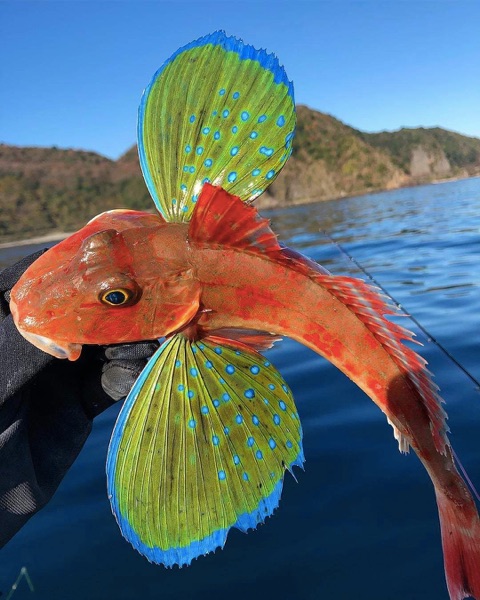
Diet
Sea robins have also been observed employing their unique pectoral fins to locate food on the rocky ocean floor by means of chemoreception, a method for detecting prey utilizing chemical odors. This allows them to detect amino acids in other animals’ bodies.
They are omnivores and will eat anything from worms to mollusks, shrimp, amphipods, and tiny crustaceans. They dig into the seabed and pull out whatever they find frequently.
Adult sea robins have been observed snacking on seaweed and sand, although they are considered carnivores. As they mature, youngsters become more selective in what they eat. The diets of younger sea robins, particularly those from the north, are very broad. Many anglers use a variety of bait to catch sea robins, including crabs and small fish.
Habitat
Sea robins are a type of fish that tend to reside along the ocean floor, typically at depths of 660 feet or 200 meters.
Distributed throughout the tropical waters of the world, these animals are most often found in the Atlantic Ocean between Nova Scotia and Florida in North America. Preferring to reside near sandy areas, they’re able to more easily scan the seabed for food sources.
Reproduction
The best months for sea robins to breed are typically July through October. Adults often remain in warmer waters during the summer so their eggs will hatch safely and successfully in water that is around 70 degrees Fahrenheit.
Sea robins normally take two to three years to reach maturity, but some species like the northern sea robin can produce eggs at only one year old. Mating season is known for changing the grunting sound of a sea robin into a more staccato noise.
Unlike their blue-footed boobies, the common sea robin lays its eggs internally. The eggs are roughly 0.2 millimeters to 1 millimeter long and are triangular in form when they emerge. Sea robins become adults within a couple of weeks after hatching from their eggs.
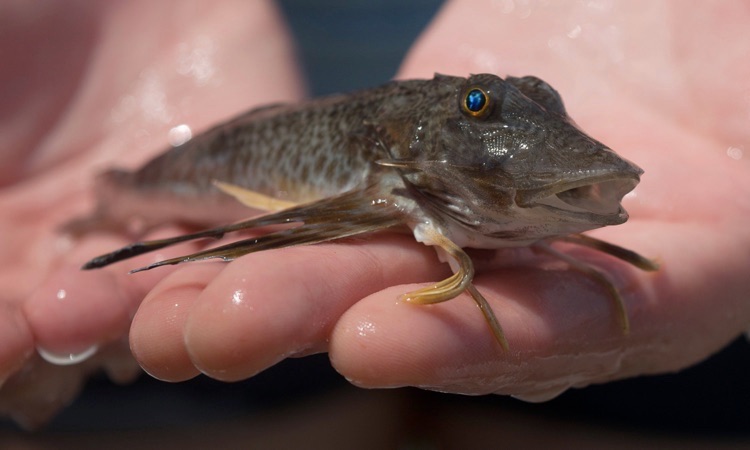
Eating Sea Robin Fish
Gurnard have firm white flesh, which makes them ideal for dishes like soups and stews.
Gurnards are often found in bouillabaisse, a classic French dish. Gurnards are “rather bony and flavorless,” according to one source. Others enjoy the flavor and texture of gurnard.
They were frequently caught in British seas as bycatch and discarded. However, as other species became less sustainable and more expensive, they became increasingly popular, with the wholesale price increasing from £0.25 per kg to £4 between 2007 and 2008, and sales growing tenfold by 2011. Gurnards are now being sold at fish markets in the United States.
Fishing for Sea Robin
The particular type of bait isn’t as important as where you drop it for sea robins. They feed close to the seafloor, so any kind of bait or lure will work if it reaches that level. However, mackerel seems to be the most successful in general terms.
Lure fishing may also work for sea robins if they are lured near the gravel. They’re often thought of as unpleasant fish, caught while pursuing more desirable species such as striped bass or flounder. Gurnard are also utilized as bait by lobster fishermen, among other things.
Another interesting fact about sea robins is that they have unique muscles which allow them to make noise with their swim bladder. This noise has been described as sounding frog-like.
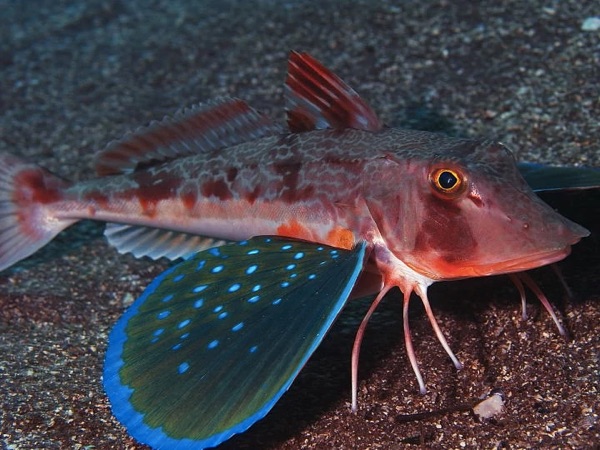
Threats
Bycatch is a harmful fishing practice that pulls up sea robins and other unintended marine species in the nets, which are then tossed back into the water to drown.
Though abundant in oceans, bycatch thoughtlessly kills many sea robins every year and has serious consequences for biodiversity.

